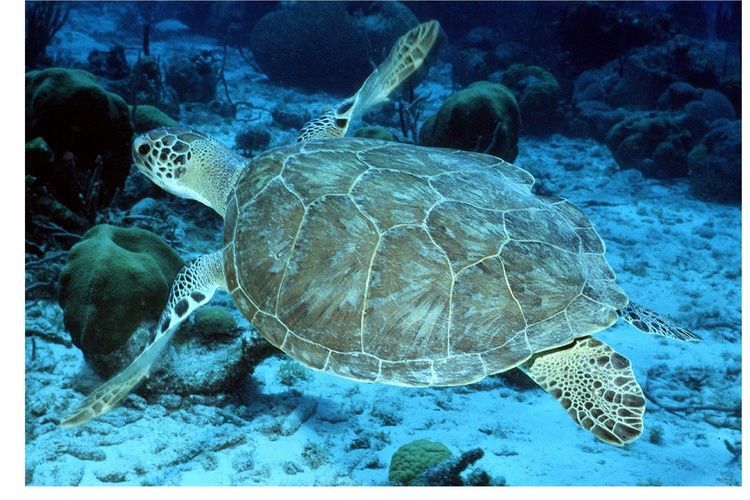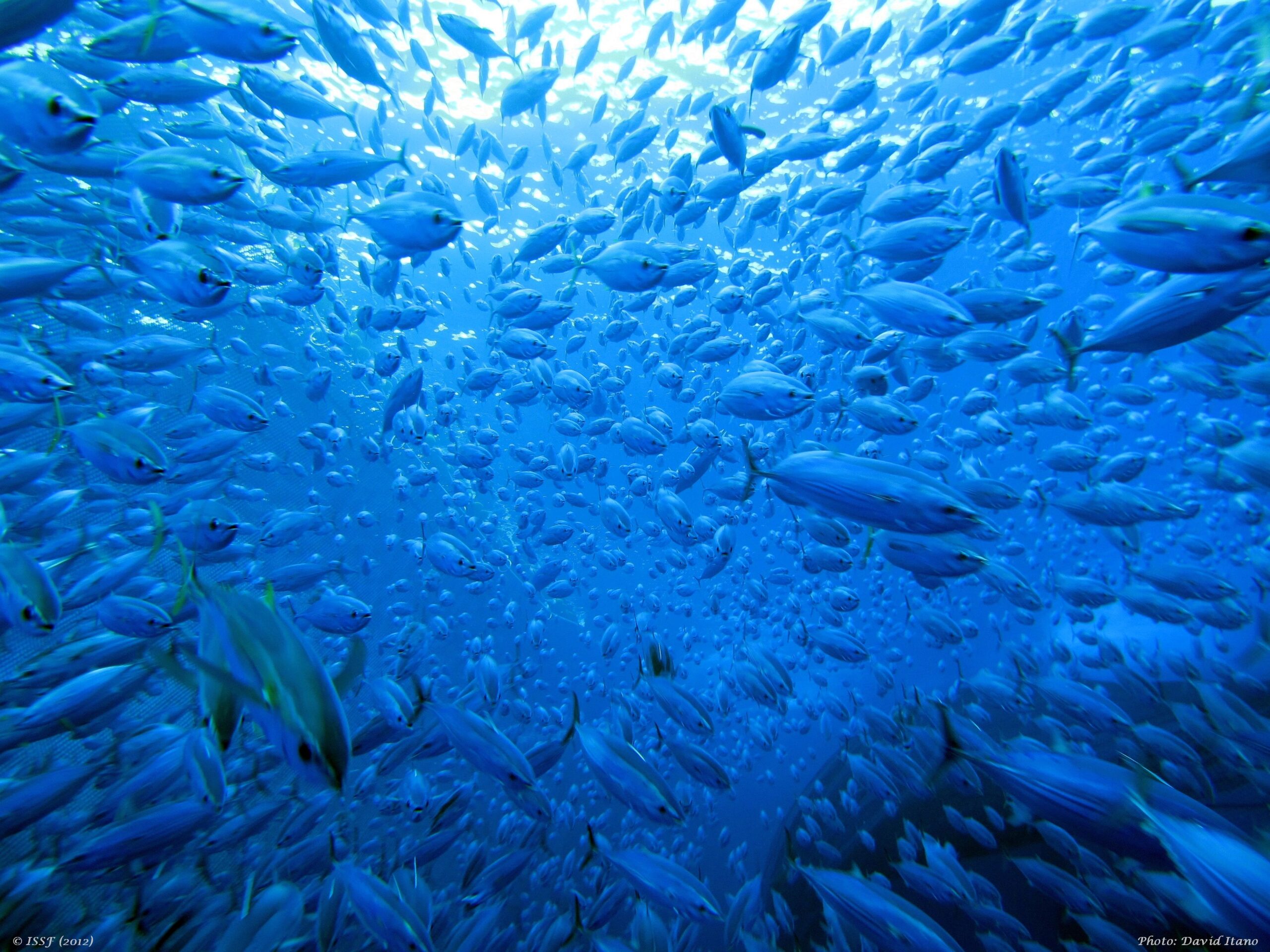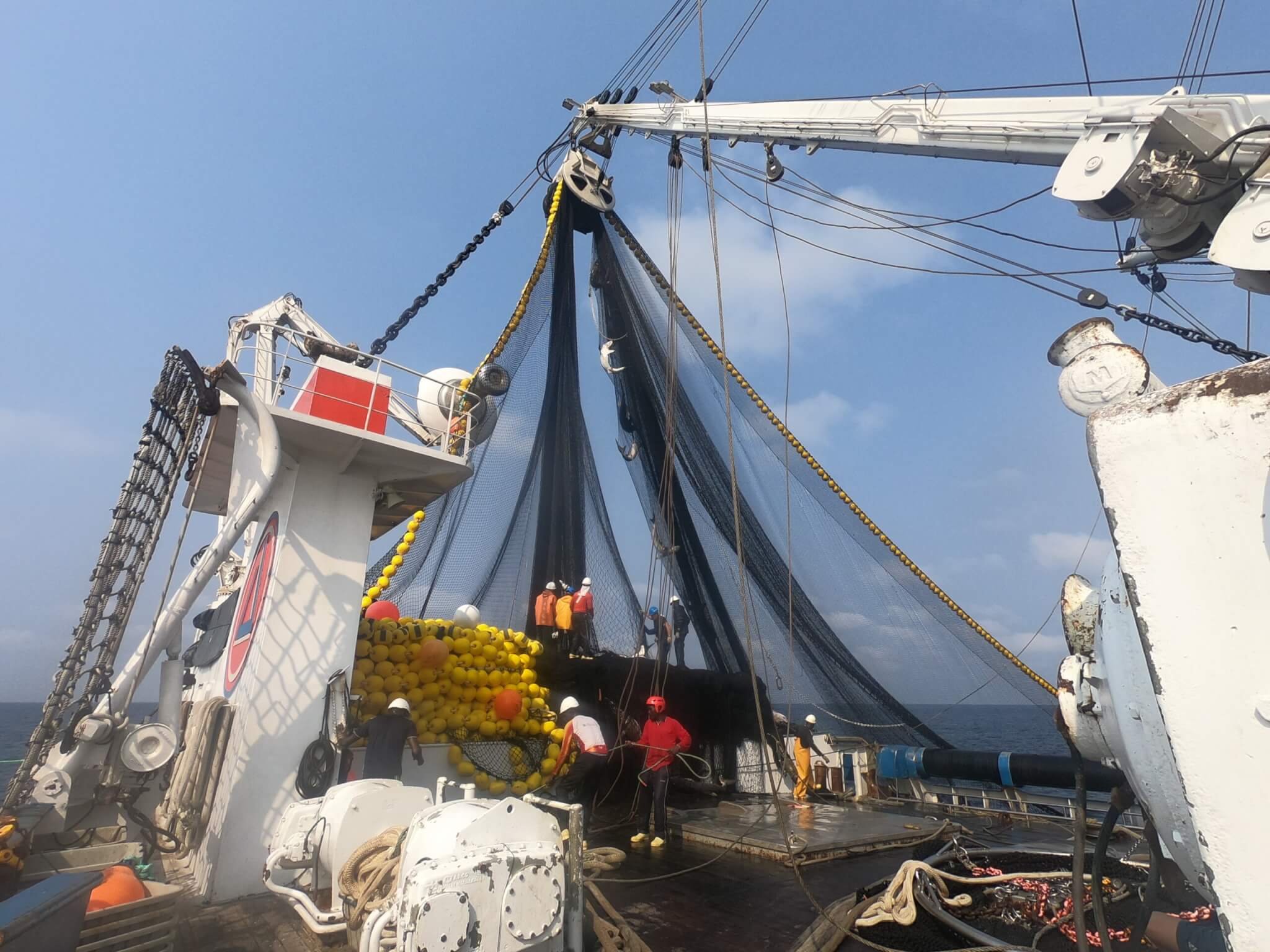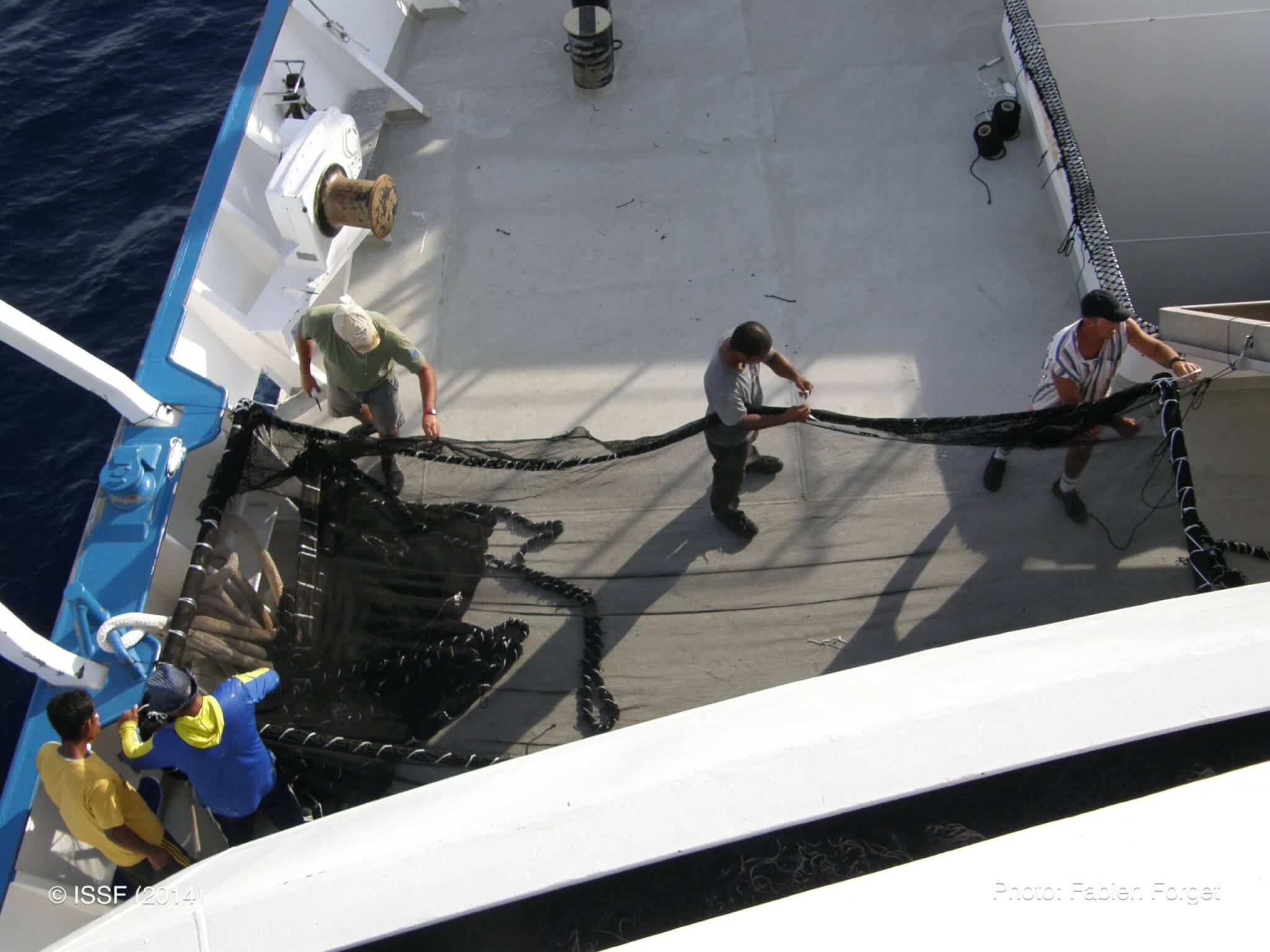Recognizing World Sea Turtle Day | Protecting Sea Turtles in Tuna Fisheries
June 16 marks World Sea Turtle Day — a moment to reflect on the importance of protecting these iconic marine species, which face numerous threats including incidental capture in global fisheries. Many sea turtle populations are in decline and are protected under international agreements and national laws.
Tuna fisheries, including longline and purse-seine operations, must take proactive steps to reduce sea turtle bycatch and ensure safe handling and release when interactions occur. ISSF works with scientists, fishers, seafood companies, and conservation organizations to reduce the impact of tuna fishing on sea turtle populations. Our efforts span at-sea mitigation, gear innovation, fisher education, and nesting conservation.
Nesting Site Protection: Local Projects, Global Impact
Safeguarding nesting sites is critical to sea turtle recovery. Threats such as coastal development, predation, and human disturbance can devastate hatchling survival rates.
Through an annual fund exceeding $100,000, ISSF supports on-the-ground nesting and community outreach projects in countries such as Brazil, Tanzania, Peru, and Oman. These projects—made possible by ISSF Participating Companies including Bumble Bee, Thai Union, TriMarine, and StarKist—protect beaches, engage communities, and help rebuild sea turtle populations.
View ISSF-Funded Sea Turtle Conservation Projects
Bycatch Mitigation: Tools, Training & Best Practices
Sea turtle bycatch in purse-seine fisheries generally results in high survival rates — with over 90% of turtles released alive. In longline fisheries, however, sea turtles are more frequently hooked, and mortality risks are higher.
To reduce bycatch and improve survival:
- ISSF hosts longline skipper workshops focused on safe handling and release.
- We publish guides, posters, and infographics to promote onboard best practices.
- We support gear modifications, like wide circle hooks, fish bait use, and deep-set lines to minimize turtle interactions.
Download the Longline Skippers Guidebook
Preventing Entanglement: FAD Innovation
Fish Aggregating Devices (FADs) with netting can entangle sea turtles. That’s why ISSF promotes the use of non-entangling, biodegradable FADs—solutions that protect marine life while supporting sustainable fishing.
Our Jelly-FAD Construction Guide outlines a nearly 100% biodegradable, non-entangling design that helps fishers reduce ocean plastics and protect vulnerable species.
Conservation in Action: ISSF CM 3.6
ISSF Conservation Measure (CM) 3.6 supports bycatch reduction in longline fisheries by requiring ISSF Participating Companies to engage only with vessels that follow best practices for minimizing interactions with sharks, sea turtles, and seabirds.
In the latest audit cycle, 100% of ISSF Participating Companies conformed with CM 3.6—demonstrating real progress toward responsible tuna sourcing.
Featured Resource: “Saving Sea Turtles” Infographic
This visual guide helps fishers identify safe handling techniques to maximize survival after incidental capture.



